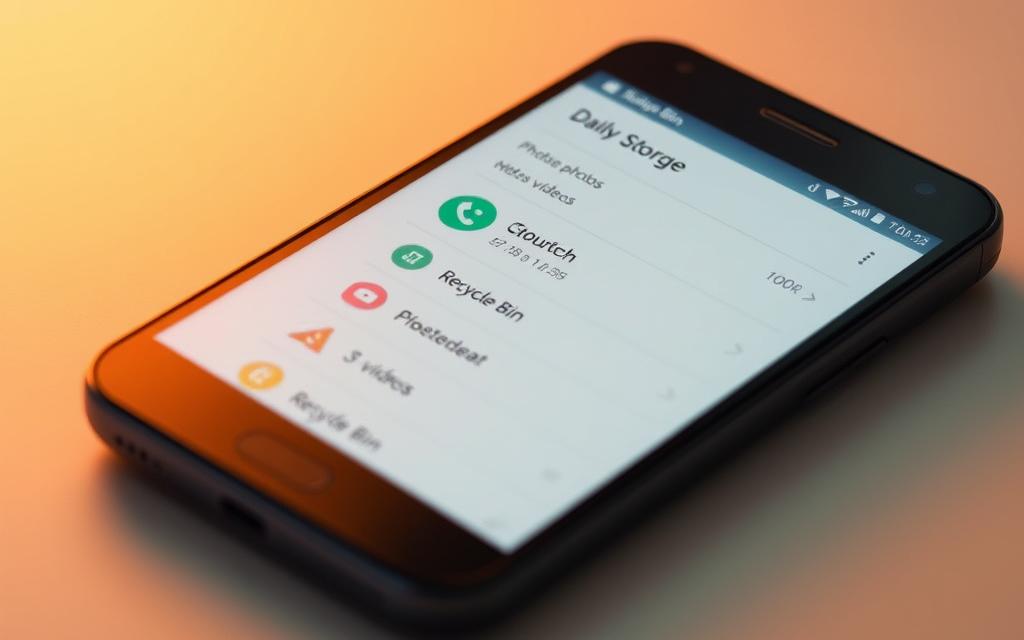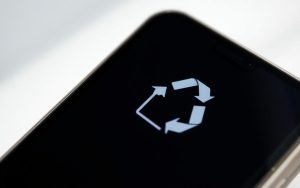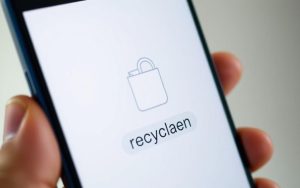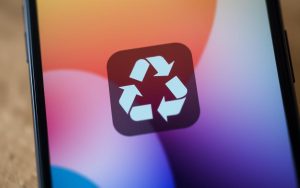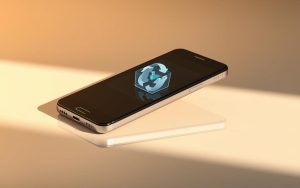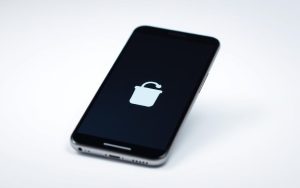Table of Contents
Unlike desktop operating systems, Android does not have a universal recycle bin system. This means deleted files are often managed through specific apps, depending on the device and its settings. Properly handling these files is essential for freeing up storage and maintaining device performance.
Apps like Google Photos, Files by Google, and Samsung My Files play a crucial role in managing deleted items. Each app has its own method for handling trash, and retention periods vary. Understanding these differences ensures you avoid permanent data loss while optimizing your device’s storage.
This guide provides detailed instructions for managing deleted files on both stock Android and Samsung devices. By following these steps, you can improve your android phone’s efficiency and keep your storage organized.
Introduction to Managing Deleted Files on Android
Android’s approach to managing deleted files differs significantly from traditional desktop systems. Instead of a centralized trash folder, each app handles its own deleted items. This decentralized system ensures flexibility but requires users to understand app-specific processes.
Common apps like Google Photos, Samsung My Files, and Gallery maintain separate trash folders. Retention periods vary, with Samsung typically keeping files for 30 days and Google Photos for 60 days. This temporary storage allows users to recover accidentally deleted items.
Compared to Windows or macOS, Android’s system is more fragmented. However, it offers greater control over individual deleted files. Apps like file managers and cloud services also include built-in trash systems, enhancing storage recovery options.
It’s important to note that files in these folders are automatically deleted after the retention period. Properly managing deleted files not only frees up storage but also enhances device security by preventing unauthorized access.
Manufacturer UIs, such as Samsung’s One UI, add another layer of variation. Users should familiarize themselves with their specific device settings. Additionally, cache management complements trash management, further optimizing storage usage.
How to Empty Recycle Bin on Android Phone Using Google Photos
Google Photos offers a streamlined way to manage deleted items on your device. Its trash folder provides a temporary storage solution for photos and videos, allowing users to recover or permanently delete them. This feature is particularly useful for freeing up storage space and maintaining organization.
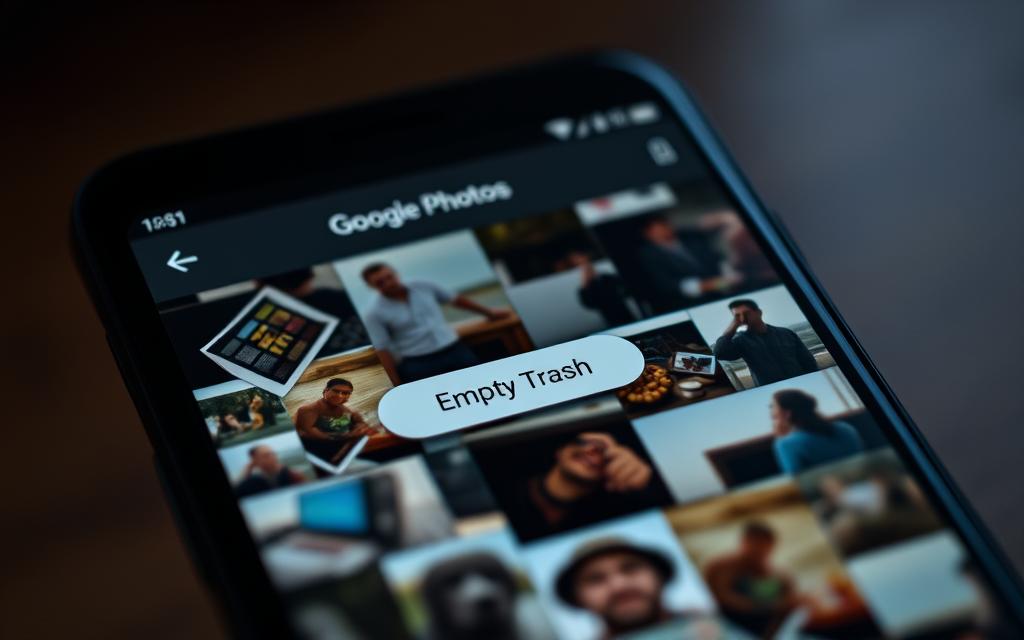
Deleted items in Google Photos remain in the trash folder for 60 days. After this period, they are automatically removed. This retention policy ensures users have ample time to recover accidentally deleted files. However, it’s important to note that permanently deleting items cannot be undone.
Step 1: Open Google Photos
Launch the Google Photos app on your device. Navigate to the library section, located at the bottom right of the screen. This is where you’ll find all your albums and folders.
Step 2: Navigate to the Trash Folder
In the library, scroll down to locate the trash folder. Tap on it to view all deleted photos and videos. You can also use the search bar to find specific items.
Step 3: Empty the Trash
To empty trash, tap the three dots icon in the top right corner. Select “Empty Trash” from the dropdown menu. A confirmation prompt will appear, asking you to confirm the action. Tap “Allow” to proceed.
Deleting items from the trash folder affects your Google Account storage. If you’re a Google One subscriber, this can help free up your storage quota. Additionally, deletions are synchronized across all devices linked to your account.
| Feature | Details |
|---|---|
| Retention Period | 60 days |
| Navigation Path | Library > Trash > Three Dots > Empty Trash |
| Storage Impact | Affects Google Account storage |
For more tips on recovering lost files, check out this guide on recovering photos from an SD card. Regularly managing your trash folder ensures optimal storage usage and device performance.
How to Empty Recycle Bin on Android Phone Using Files by Google
Files by Google provides a versatile solution for managing deleted items on your device. This file manager simplifies storage management and ensures deleted files are handled efficiently. Unlike other apps, it integrates a dedicated trash folder for temporary storage.
Deleted items in Files by Google remain in the trash folder for 30 days. This retention period allows users to recover accidentally deleted files. After this time, files are automatically removed to free up space.
For non-Pixel devices, the app must be installed from the Google Play Store. It supports various file types, including documents, images, and videos. However, certain system files may not be recoverable from the trash folder.
Step 1: Launch Files by Google
Open the Files by Google app on your device. The app’s intuitive interface makes it easy to navigate and manage your storage. If you haven’t installed it yet, download it from the Play Store.
Step 2: Access the Trash Folder
Tap the hamburger menu (three horizontal lines) in the top-left corner. Select “Trash” from the menu to view all deleted items. This folder is separate from Samsung My Files, ensuring compatibility across devices.
Step 3: Delete Files Permanently
To permanently remove files, choose “All Items” to select files in bulk. Tap “Delete” at the bottom to confirm the action. This process cannot be undone, so ensure you no longer need the files.
Files by Google also offers storage analysis tools and automatic cleaning suggestions. These features help optimize your device’s performance. Additionally, the app integrates with Safe Folder for enhanced security.
| Feature | Details |
|---|---|
| Retention Period | 30 days |
| Navigation Path | Hamburger Menu > Trash > Select All > Delete |
| File Types | Documents, images, videos |
For more tips on managing storage, check out this guide on how to empty trash on Android. Regularly cleaning your trash folder ensures optimal storage usage and device efficiency.
How to Empty Recycle Bin on Samsung Devices Using My Files
Samsung devices offer a robust system for managing deleted files through the files app. With the One UI 6.0 update, the recycle bin feature has been enhanced, allowing unified management of deleted items across system apps like My Files, Gallery, and Voice Recordings.
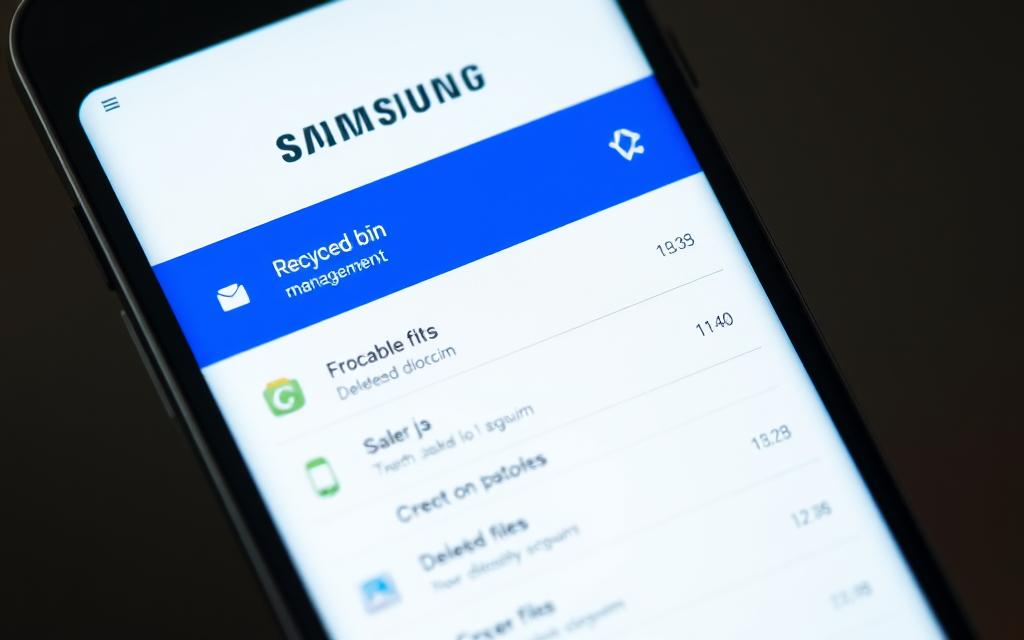
Deleted files remain in the recycle bin for 30 days before being permanently deleted. This retention period ensures users have ample time to recover accidentally removed items. Additionally, the feature cannot be turned off, providing consistent storage management.
Step 1: Open My Files
Launch the files app on your Samsung device. This app serves as the central hub for managing all stored data, including deleted items. Its intuitive interface makes navigation simple, even for first-time users.
Step 2: Access the Recycle Bin
Navigate to the recycle bin section within the app. Here, you’ll find all deleted files organized for easy access. You can tap edit to select individual files or manage them in bulk.
Step 3: Delete or Restore Files
To permanently delete files, select the items and confirm the action. Alternatively, you can restore files to their original locations. This flexibility ensures efficient storage management while minimizing the risk of data loss.
For more details on the updated recycle bin feature, visit Samsung’s official guide. Regularly managing your recycle bin ensures optimal storage usage and device performance.
How to Empty Recycle Bin on Samsung Devices Using Gallery
Managing deleted media on Samsung devices is streamlined through the Gallery app. This app offers a dedicated recycle bin for photos and videos, ensuring users can recover or permanently remove items with ease. Unlike other file management tools, the Gallery app focuses specifically on media files, making it ideal for photographers and casual users alike.
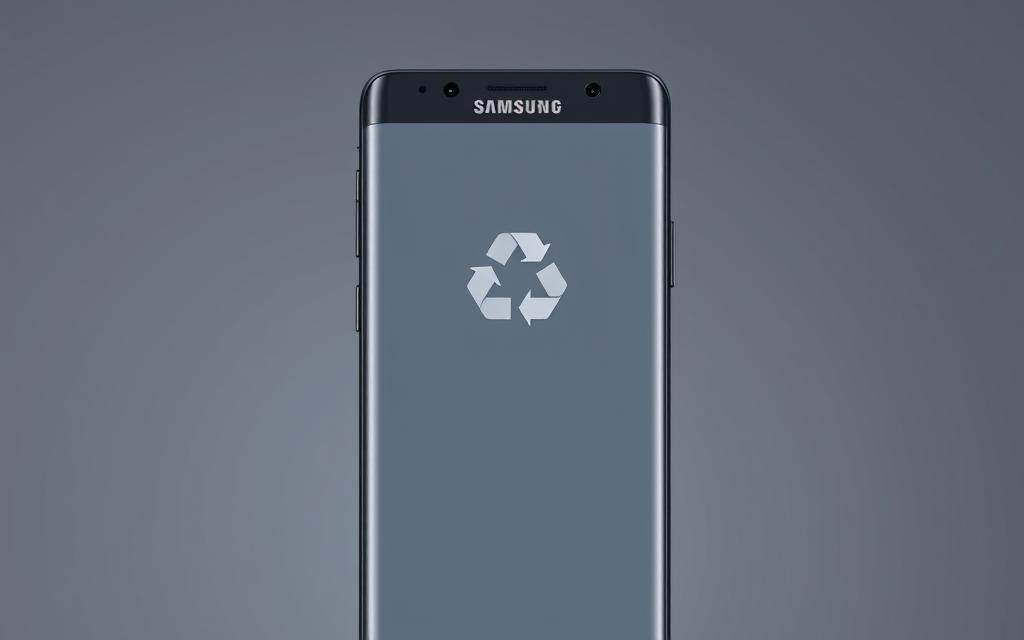
The recycle bin in the Gallery app is separate from the trash folder in My Files. This separation ensures media files are handled efficiently without cluttering other storage areas. Deleted items remain in the bin for 30 days, providing ample time for recovery.
Step 1: Open the Gallery App
Launch the Gallery app on your Samsung device. The app’s interface is designed for quick access to albums and media files. Navigate to the main menu to locate the recycle bin.
Step 2: Navigate to the Recycle Bin
In the menu, select the recycle bin option. Here, you’ll find all deleted photos and videos organized chronologically. Use the tap three dots icon to access additional options, such as sorting or selecting multiple items.
Step 3: Delete or Restore Photos and Videos
To permanently remove items, select the files and choose delete all. Alternatively, you can restore them to their original locations. This flexibility ensures efficient storage management while minimizing data loss risks.
The Gallery app also integrates with Samsung Cloud, allowing seamless backup and recovery. Advanced features like AI-powered content analysis and EXIF data preservation enhance the user experience. Additionally, the app supports motion photos, burst shots, and RAW files, catering to professional photographers.
| Feature | Details |
|---|---|
| Retention Period | 30 days |
| Navigation Path | Gallery > Menu > Recycle Bin > Edit |
| Supported Media | Photos, videos, motion photos, RAW files |
| Integration | Samsung Cloud, Quick Share, Partner Sharing |
Regularly managing the recycle bin ensures optimal storage usage and device performance. For more tips on organizing your media, explore Samsung’s official resources.
Additional Ways to Free Up Storage on Android
Optimizing storage on Android devices involves more than just deleting files. Efficiently managing cache, reducing app usage, and leveraging cloud solutions can significantly improve your device’s performance. Here are some practical strategies to maximize available space.
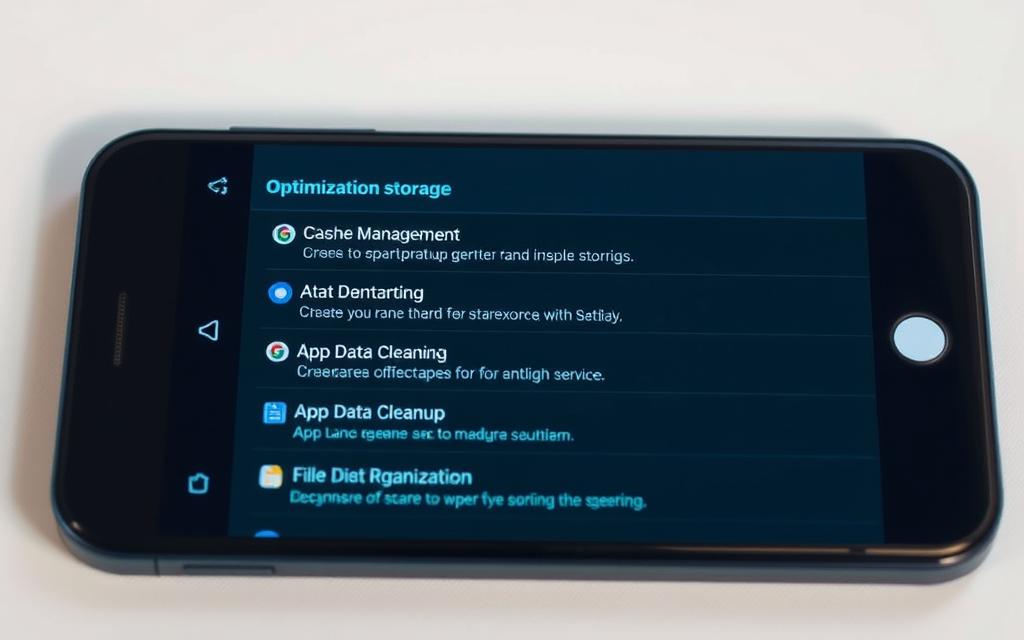
Clear App Cache
Over time, apps accumulate cache files, which can consume substantial storage. Clearing these files regularly helps free up space without affecting app functionality. For example, apps like WhatsApp and Discord store temporary data that can be safely removed.
- Navigate to Settings > Apps > Storage > Clear Cache.
- Differentiate between cache and data deletion. Clearing data resets the app, while cache removal only deletes temporary files.
- Use built-in tools like Samsung Device Care for automated cache management.
Reduce Storage Usage in Apps
Many apps, such as Dropbox and Spotify, allow users to manage their storage usage. Adjusting download policies, deleting offline content, and limiting app permissions can help conserve space.
- Review app settings to disable unnecessary downloads, like offline maps or podcasts.
- Regularly clean browser website data to prevent accumulation.
- Monitor app-specific storage usage in Settings > Apps.
Manage Cloud Storage
Cloud services like Google Drive and Dropbox offer an excellent way to offload data from your device. By syncing files to the cloud, you can free up local storage while maintaining access to your data.
- Enable automatic backups for photos, videos, and documents.
- Use adoptable storage configurations to integrate SD cards seamlessly.
- Optimize network settings to ensure efficient cloud syncing.
By implementing these strategies, you can enhance your device’s performance and maintain ample storage for essential files. Regularly managing cache, app usage, and cloud data ensures a smoother Android experience.
Conclusion
Efficiently managing deleted items on Android requires understanding app-specific processes. Whether using Google Photos, Files by Google, or Samsung My Files, each platform offers unique methods for handling trash and files. Regularly clearing these folders ensures optimal storage usage and device performance.
For sensitive data, always back up files before deletion. Automation tools like routine cleaners can simplify this process. Integrating cloud storage solutions further enhances storage management, providing a safety net for important data.
Manufacturer-specific maintenance schedules and android phone version compatibility should also be considered. By adopting these practices, you can maintain a well-organized device and avoid unnecessary data loss.
FAQ
Can I recover files after emptying the recycle bin on Android?
Once the recycle bin is emptied, files are permanently deleted and cannot be recovered unless backed up to cloud storage or another device.
Does Google Photos have a recycle bin for deleted items?
Yes, Google Photos has a trash folder where deleted photos and videos are stored for 60 days before being permanently removed.
How do I access the trash folder in Files by Google?
Open the Files by Google app, tap the hamburger menu in the top-left corner, and select “Trash” to view deleted items.
Can I delete specific files from the recycle bin on Samsung devices?
Yes, using the My Files app, you can select specific files in the recycle bin and delete them permanently.
How long do deleted files stay in the recycle bin on Android?
Deleted files typically remain in the recycle bin for 30 days, after which they are automatically removed to free up storage.
Is it possible to clear the cache to free up space on Android?
Yes, clearing the cache for apps can help free up storage space on your device. Go to Settings > Storage > Cached data to clear it.
Can I restore photos from the recycle bin in the Gallery app?
Yes, open the Gallery app, navigate to the recycle bin, and select the photos or videos you want to restore.
What happens if I accidentally delete important files?
If files are still in the recycle bin, you can restore them. For permanently deleted files, check cloud backups or use recovery software if available.


